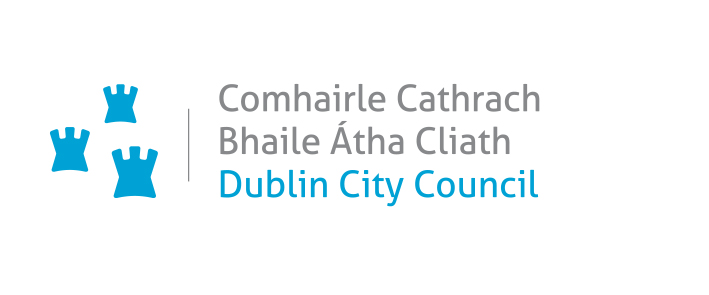17.10.2025
New Research in Viking Studies: Women, Weapons, and Burials
A recording of the seminar is now available to watch: Here
For the eighth year running, the National University of Ireland, Dublin City Council Archaeology Section, and the Royal Norwegian Embassy in Ireland, co-organised a Viking-studies event as part of the Dublin Festival of History. This year we were honoured to host two distinguished scholars from Norway, Dr Christian Løchsen Rødsrud and Dr Marianne Moen who presented papers as part of a seminar entitled New Research in Viking Studies: Women, Weapons, and Burials.
Held in the Wood Quay Venue, the lecture opened with a welcome address by Dr Ruth Johnson, of DCC. She began by acknowledging the significance of Irish and Norse relations and how they have shaped Dublin city today. She then introduced the first speaker:
Dr Christian Løchsen Rødsrud works with managing Norwegian World Heritage and international affairs related to the EEA grants. His lecture focused on the Gjellestad ship burial excavations and conservation of the remains.
The Gjellestad ship attracted international attention when discovered by Ground Penetrating Radar in 2018, followed by a trial excavation in 2019 and a full excavation in 2020-21. The paper presented results from the excavation of the ship burial itself and set the find within the context of its surroundings, whilst comparing it to similar sites. The audience was fascinated as Dr Rødsrud described how they reconstructed the ship:
Professor Seán Duffy of Trinity College Dublin and Chairperson of the Friends of Medieval Dublin, then introduced the second speaker, Dr Marianne Moen, Head of Department of Archaeology at the Museum of Cultural History, University of Oslo. She discussed burial practices and grave goods, what they us or do not tell us about gender and identity in Viking-Age burials.
Burials may help us understand how identities were constructed and communicated in the past; however, Dr Moen argued that much of what we think we know about Viking Age burials is contextualised through the lens of the society we live in today. By interpreting the combinations of material objects in the grave, the interior and exterior construction of the grave itself, the presence of animals, and by studying the human remains and their treatment outside of this lens, we can draw differing information on social identities in the Viking Age. From this information, we craft narratives of social hierarchies and more in a given time period.
The seminar concluded with a question-and-answer session chaired by Dr Ruth Johnson, City Archaeologist, Dublin City Council. Followed by lunch and a reception, where Dr Michael MacDonagh, Chief Archaeologist, National Monuments Service, officially launched Medieval Dublin XX edited by Seán Duffy, and published by Four Courts Press.
His Excellency, Aslak Brun, Norwegian Ambassador to Ireland, was unable to attend the seminar due to commitments in Norway, he sent his good wishes, stating:
‘As Norwegian Ambassador to Ireland, I am pleased to note that the annual Viking Event has become such a popular feature of the Dublin Festival of History. It is my great pleasure to continue the great partnership between Dublin City Council, the Na-tional University of Ireland, and the Royal Norwegian Embassy in Ireland. I would like to pay tribute to former Ambassador Else Berit Eikeland, who was instrumental in es-tablishing this collaboration and to my immediate predecessor, Ambassador Mari Skåre, who also contributed to this flourishing partnership. Long may we continue to build communities of learning and exchange based on our shared history.’
- Aslak Brun, Norwegian Ambassador to Ireland
The Dublin Festival of History took place from 26 September to 12 October 2025.
Images from the evening
« Previous

























